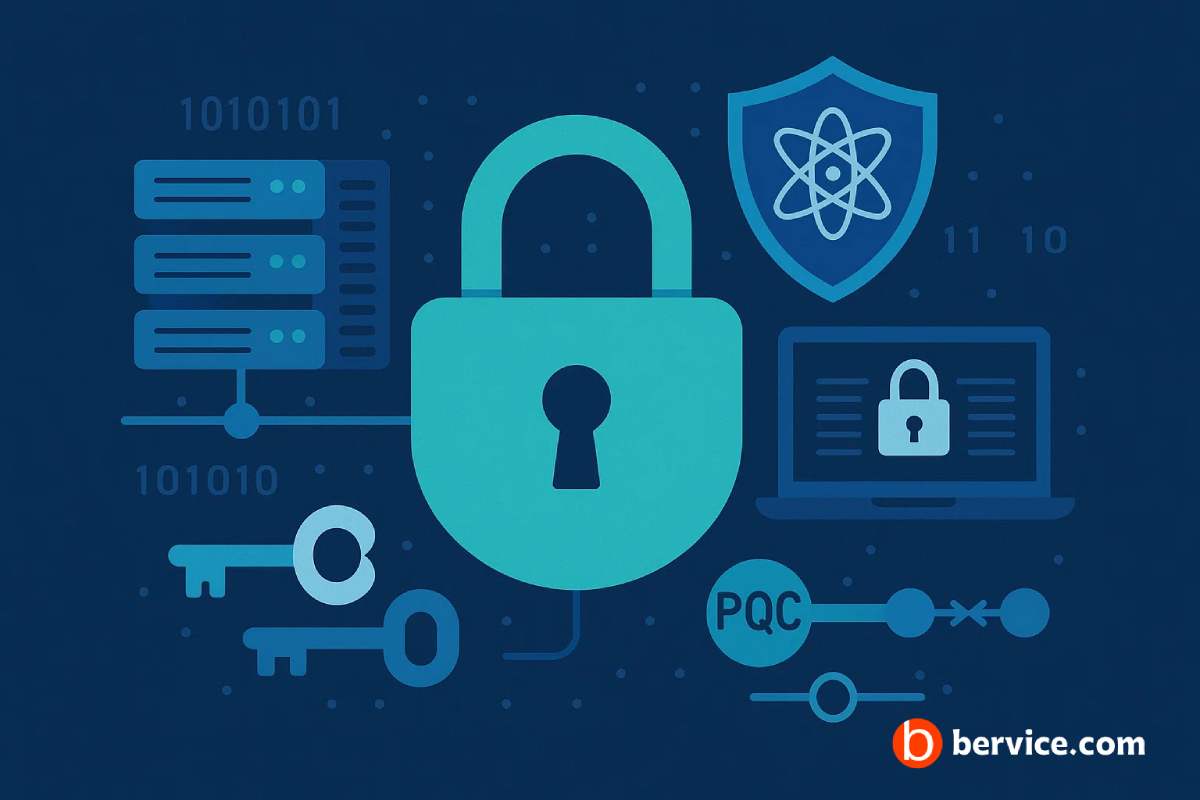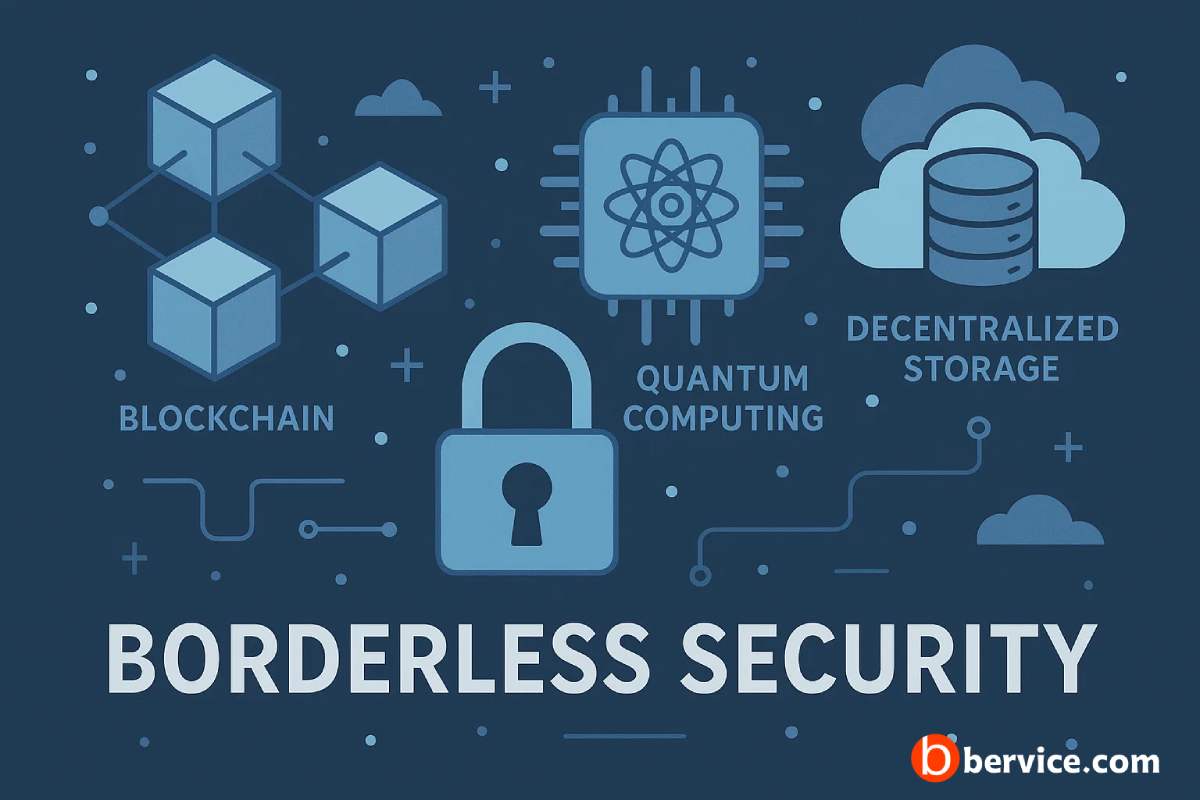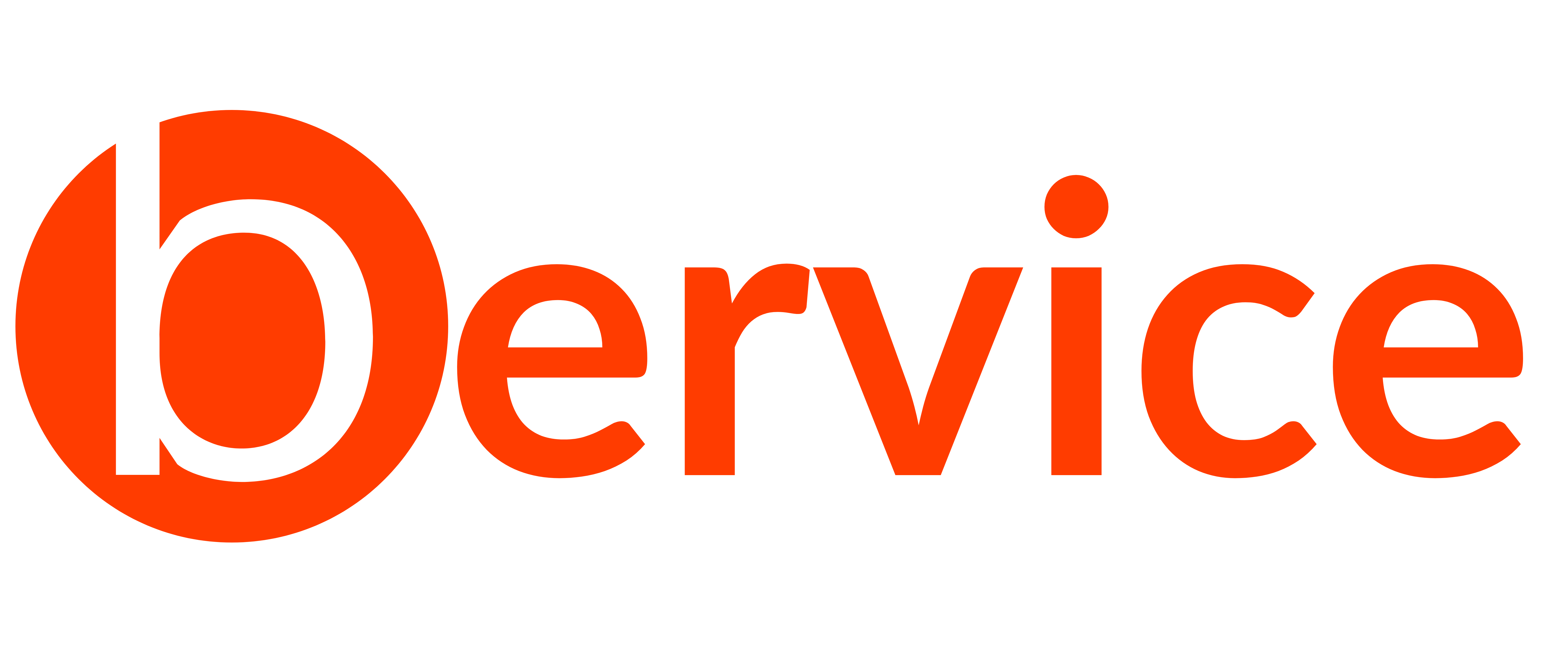
In the evolving world of technology, data storage plays a crucial role in the digital landscape. Traditionally, file storage has been handled by centralized companies that provide local or cloud-based solutions. However, the rise of blockchain technology has introduced decentralized storage options, offering new benefits and challenges. In this article, we will compare traditional Web2 local file storage with decentralized blockchain storage to help you understand the differences, advantages, and potential drawbacks of each approach.
Web2 Local File Storage
Local file storage in Web2 refers to the storage of files and data on centralized servers owned and operated by specific companies. These companies typically offer cloud storage services, such as Google Drive, Dropbox, and Microsoft OneDrive.
Advantages of Web2 Local File Storage:
- Ease of Use: Centralized storage solutions are user-friendly and widely adopted. They come with intuitive interfaces, automatic syncing, and convenient accessibility across devices.
- Speed and Performance: Local file storage systems are optimized for speed, providing quick access to files due to well-established server infrastructures.
- Technical Support: Centralized companies often provide customer support, ensuring users can resolve issues quickly and efficiently.
- Reliability: Large companies invest heavily in security and backup systems, ensuring data redundancy and protection against accidental loss.
Drawbacks of Web2 Local File Storage:
- Centralized Control: All files are stored on servers controlled by a single entity. This creates a dependency on the service provider and raises concerns about potential data censorship or access restrictions.
- Privacy Risks: Data is vulnerable to breaches, hacking, or misuse by third parties, as files are stored on centralized servers that can be targeted.
- Cost: Depending on the storage needs, users may face ongoing subscription fees for storage plans.
Decentralized Blockchain Storage
Decentralized blockchain storage, in contrast, utilizes a network of nodes spread across the globe to store data in a distributed manner. Platforms like IPFS (InterPlanetary File System), Filecoin, and Arweave leverage blockchain technology to decentralize file storage.
Advantages of Decentralized Blockchain Storage:
- Decentralization: Data is distributed across multiple nodes, eliminating the risk of a single point of failure. No single entity has control over the files, ensuring data availability and resistance to censorship.
- Increased Security: Files are encrypted and split into smaller pieces, each stored on different nodes. This makes it much harder for hackers to compromise the data.
- Ownership and Control: Users retain full control and ownership of their data, as blockchain technology ensures transparency and immutability.
- Cost Efficiency: Decentralized storage can be more cost-effective for users, especially for long-term storage of large amounts of data, as there are no recurring fees charged by a centralized entity.
Drawbacks of Decentralized Blockchain Storage:
- Adoption and Usability: Decentralized systems are still in their early stages and may not offer the same ease of use as centralized storage services. The learning curve can be steep for new users.
- Performance: Due to the decentralized nature, file retrieval may take longer compared to centralized servers. Data might need to be fetched from multiple nodes, which can impact performance.
- Limited Support: Unlike traditional services, decentralized storage platforms typically lack dedicated customer support, leaving users to rely on community resources for help.
- Regulation and Compliance: Since data is distributed across multiple jurisdictions, it can be difficult to ensure compliance with local regulations, which can be a concern for businesses handling sensitive data.
Conclusion
Both Web2 local file storage and decentralized blockchain storage have their merits and downsides. Centralized storage is widely used, offering convenience, speed, and support but at the cost of privacy and centralized control. On the other hand, decentralized storage provides greater security, ownership, and resilience but may lack the performance and ease of use that traditional solutions offer.
As blockchain technology continues to evolve, decentralized storage will likely become more accessible, potentially disrupting the current landscape of data storage. However, the choice between these two approaches depends on individual or organizational needs, particularly in terms of security, privacy, and control over data.





